
We kindly inform you that, as long as the subject affiliation of our 300.000+ articles is in progress, you might get unsufficient or no results on your third level or second level search. In this case, please broaden your search criteria.


Hazai Attila: A maximalista (és más írások) Magvető. Bp. 2015.
More...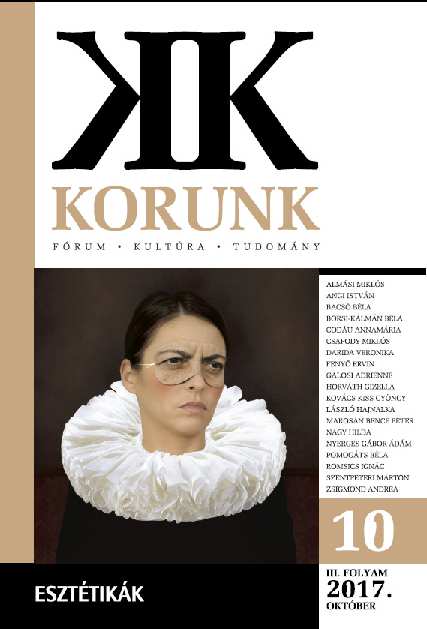

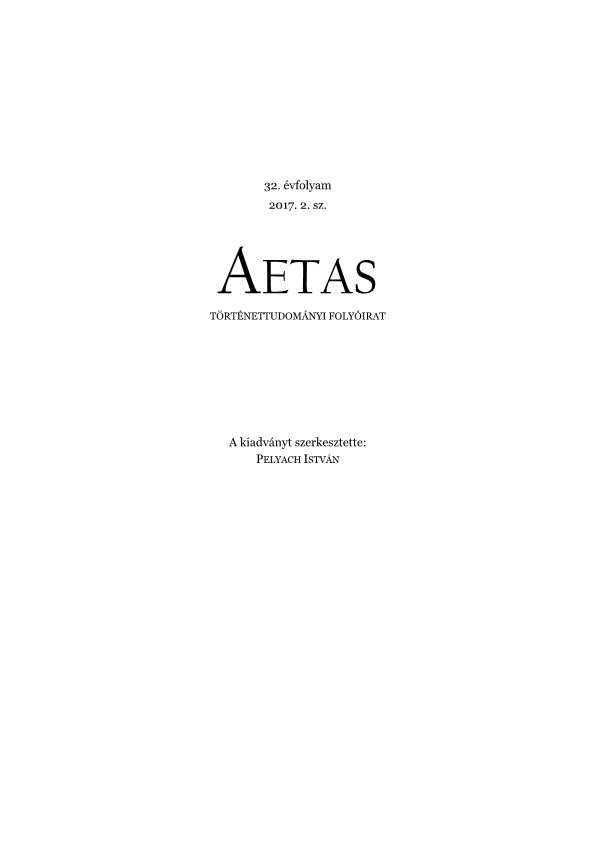
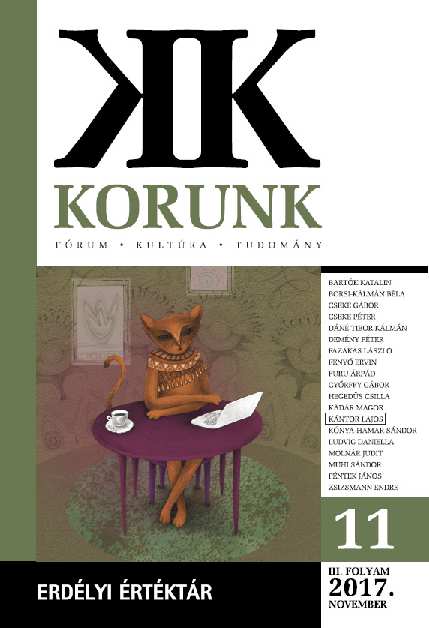


Kabán Annamária és Mózes Huba (szerk.): Honfoglaló, nagy írónemzedék. Az erdélyi Helikon írói közösség megalakulásának 90. évfordulójáról megemlékező miskolci tudományos konferencia előadásai. Bíbor Kiadó, Miskolc, 2016
More...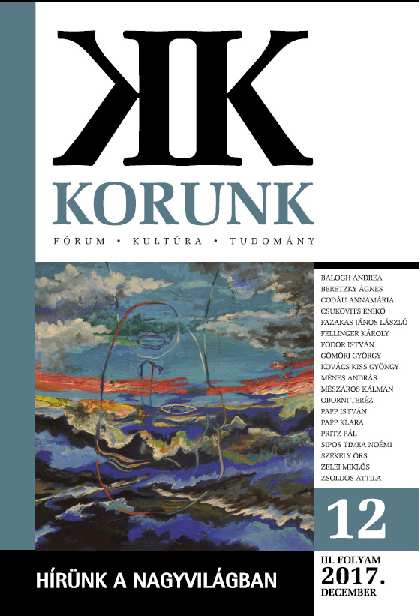
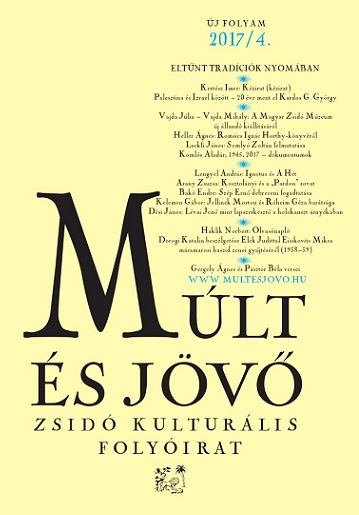






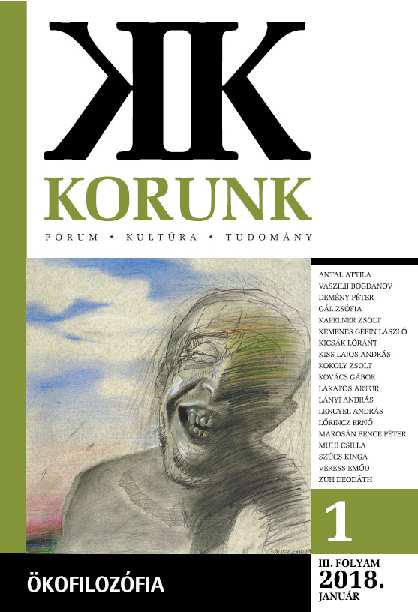
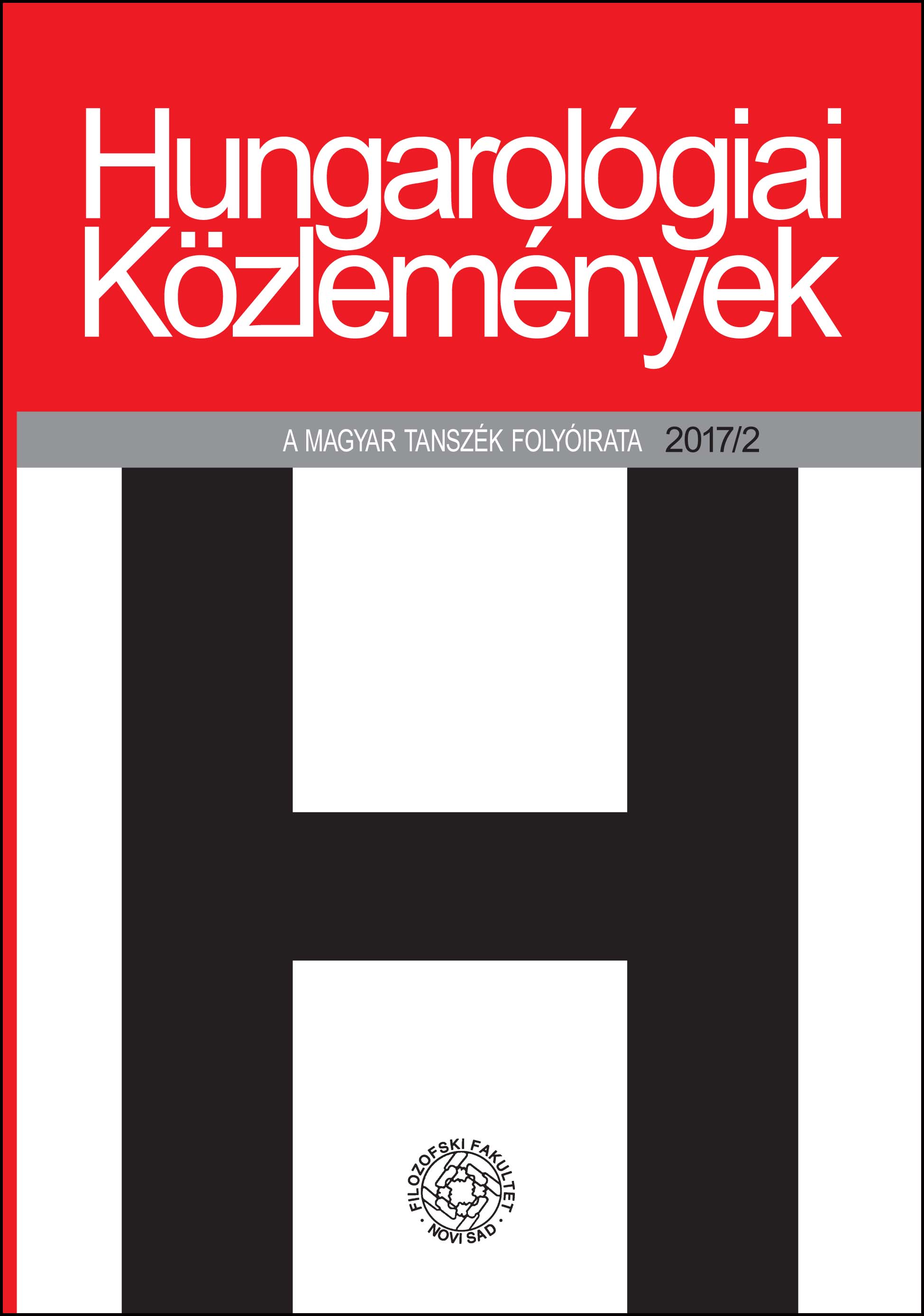
In his essay entitled Zrínyi and Tasso János Arany refuses to accept the – in his view – romantic idea that a poet could creat a story out of nothing. His argumentative contemplation on the conventions and traditions of plots and narrative forms demonstrates that the world of a narrative can not be created “out of nothing”. nevertheless, when he analyses the special relations between verse language and lyric poetry, he seriously ruminates upon the possibility of a thought arising out of nothing. In his poetic practice Arany often uses floating signifiers, deictic elements in the focal points of his poems in order to emphasize the lack of adequate words or ideas. The essay focuses on the process of how an ideologically and semantically smashed and emptied word acquires sense in a poem, and how this special poetic procedure provokes the birth of a new thougth.
More...
The relationship between the two contemporaries moulding canons, has remained an enigma of 19th century Hungarian literature until today. Mutual respect, laconic and infrequent exchange of letters was all that their relationship came to: as if they were protagonists of two canons running parallel to each other. This strained relationship might have been caused by the fact that their relationship with Sándor Petőfi deteriorated, as well as Arany’s not very flattering review, criticism of Jókai following the views of Pál Gyulai, their clashing political views, or the parodies on Arany’s works in Jókai’s magazines (for example in Üstökös/The Comet) of humour and satire. The study also makes an attempt at giving an answer to the question why it happened that while their prestige was equally highly esteemed at the end of the 19th century, Arany’s canon became asymmetrically centralized and Jókai’s moved to the periphery in their 20th century history of interpretation.
More...
The present study analyzes the changes coming about the contemporary reception of the classical Hungarian poet, János Arany. The first part gives deep insight into the major phases of the reception of his oeuvre, emphasizing the evaluation of its lyric and epic genres, moreover, the lyric and epic character (perspective, dimension) of each genres. The second part points out the thesis which recognizes a turn in the recep- tion extending the range of literary interest to the formerly overshadowed epic genres and other art pieces by Arany. By giving numerous examples as a selection from contemporary Hungarian poetry, the present study aims to verify that despite its rather exclusive or ideological interpretation during the second half of the 20th century, a quite well-balanced canonic position has evolved recently, in which the epic dimension as well as the relation of language to the world has become reappraised. This kind of canonic turn influences not only literary history or literary studies, but also collective cultural remembrance. Numerous examples are given from the works of Ferenc Juhász, László Nagy, Ottó Orbán, István Ágh, Sándor Kányádi, János Térey, László Lövétei Lázár which have been scrutinized.
More...